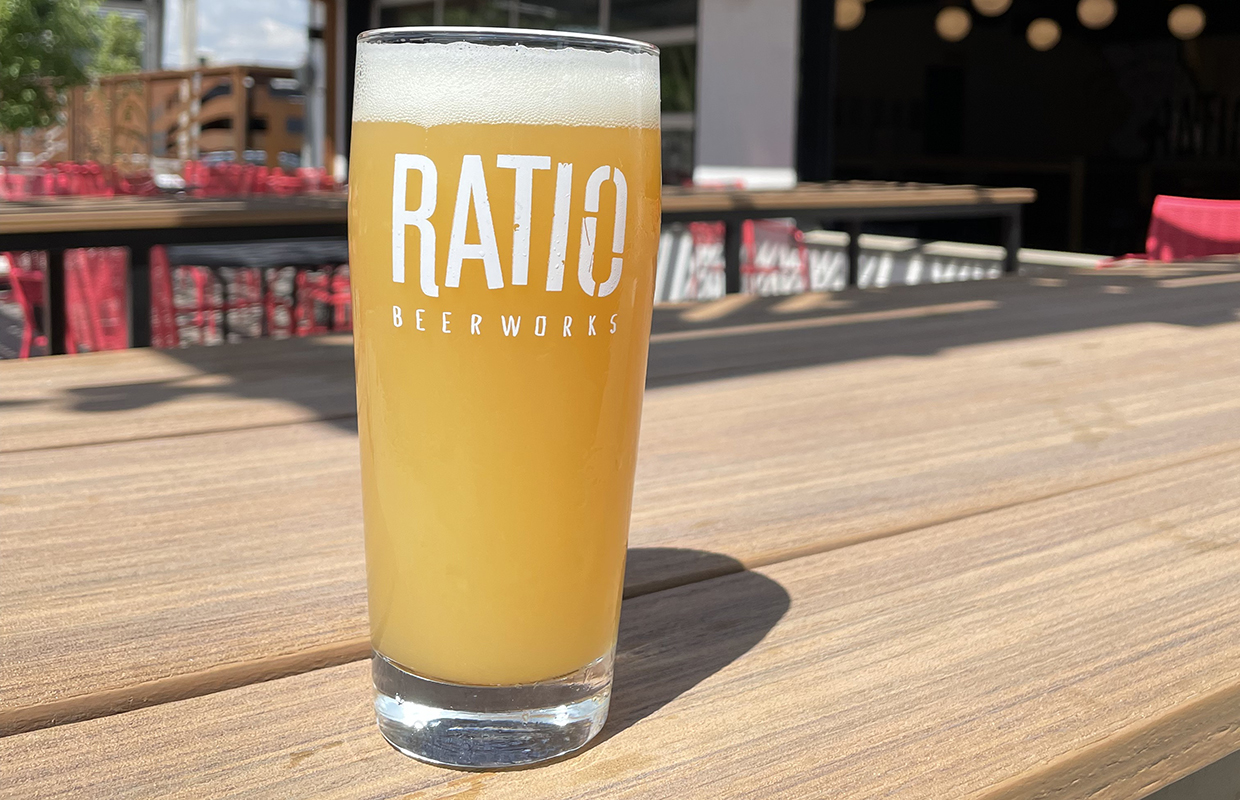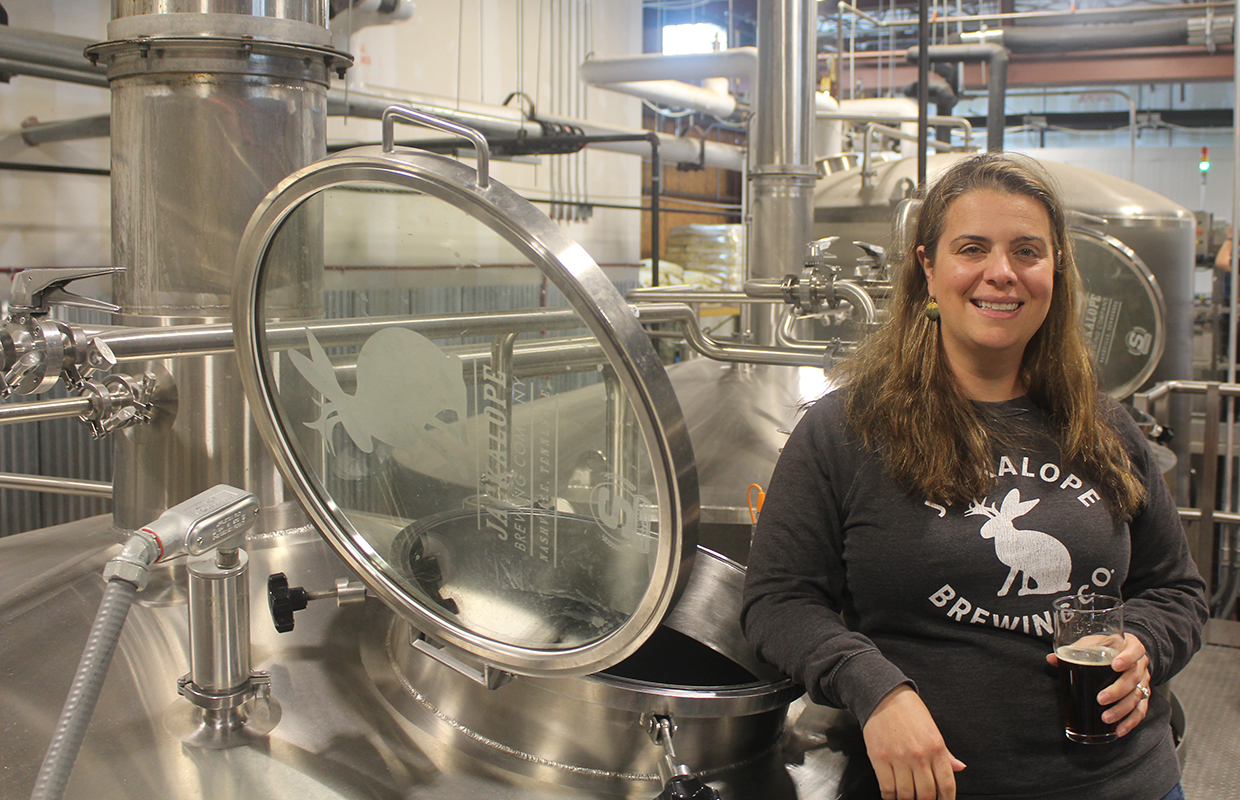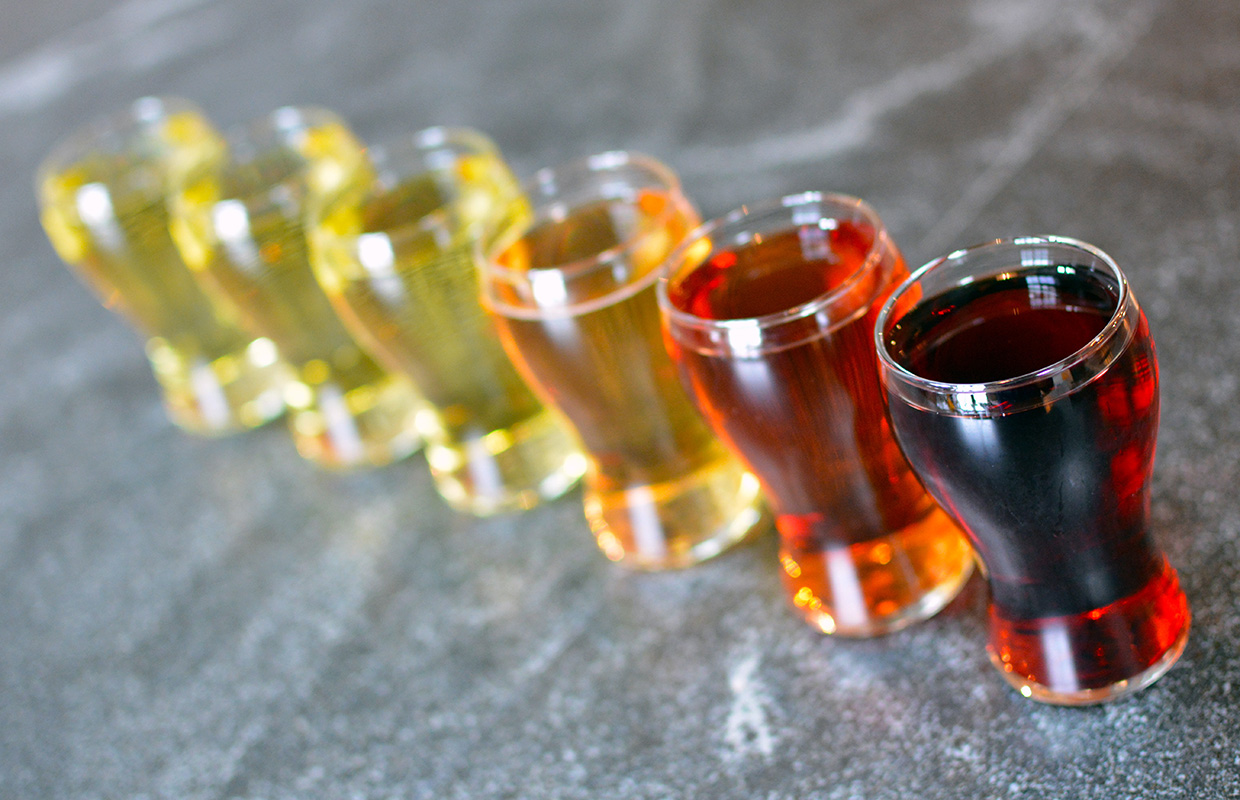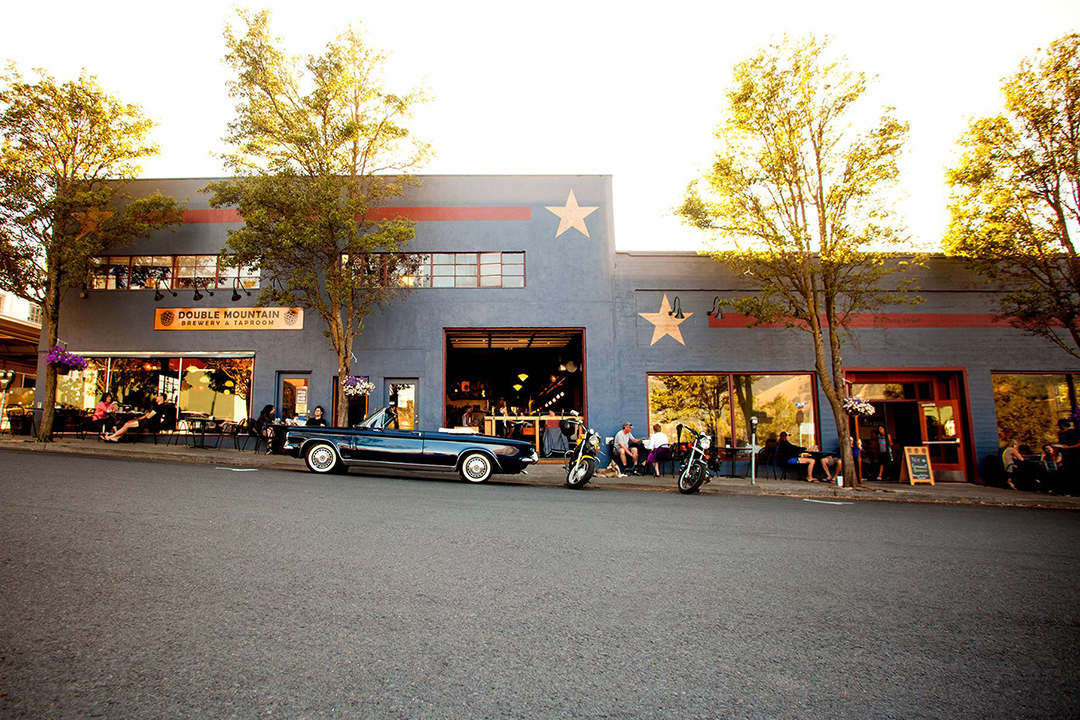
For Dan Ouellette, the consistency of attenuation and reliability of fermentation of the London III yeast strain keeps the brewer for Fall Brewing coming back time and time again.
“Not to say that we don’t utilize other yeast strains in our quest for hazy perfection, but there is a reason we keep going back to London III for classic hazy IPAs,” he said.
A darling for Hazy Pale Ales or IPAs, London III can be used traditionally in styles like English Ales but more and more breweries are finding it to be a house yeast for many of its top sellers.
The interplay of its aroma characteristics with fruity American Northwest hop strains is what sets it apart from other similar strains, points out M Special co-founder and Brewmaster, Joshua Ellis.
“Others can give you the haze you’re looking for but this one gives me the fruit characteristics I am looking for when I combine it with other traditionally American NW ‘tropical’ type hops,” he told Brewer.
Many breweries share their insights to using the strain and you can find even more thoughts in extended Q&As online at BrewerMag.com (see below). A key component here is how breweries are working through any challenges that are associated with the yeasts’ use, along with storage and strategies.
READ MORE: The Best Hops to Complement London III Use
BREWER: What styles of beers have you used London III in or can you tell us an interesting beer you have used it in?
BRENDAN ARNOLD, ALTERNATE ENDING BEER CO.: We use London III for a variety of ales in our brewery, It is one of our houses yeast strains. We ferment mostly Hazy IPA with it but have also used it for a variety of stouts and English ales. We put out a nice ESB with it recently. London III is a little more ester driven; it also doesn’t ferment maltotriose which leaves a fuller body in the beer.
BREWER: What sets London III apart from other similar strains?
EVAN HUDGENS, NOCTERRA BREWING: Other than the slight fruitiness that London III offers I like the light, fluffy, and smooth mouthfeel that balances perfectly with the hoppy bitterness of an IPA. But its versatility in that can be used to create deliciously smooth low-IBU Pale Ales.
BREWER: Are there any technical challenges or tips you have for using London III that have it work best for you?
OUELLETTE: There is not a big secret to successfully brewing with London III. In regards to brewing Hazy beers, we have found that the brewing process is just as important as the yeast chosen to ferment the wort. London III produces a stable hop haze but definitely enjoys an early dry hop (around Day 3 or Day 4 of fermentation) and has a very broad range of fermentation temperatures that it enjoys (64-74 degrees Fahrenheit).
EVAN BEGGS, RATIO BEERWORKS: I’ve always found that a good supporting grist bill of malted wheat, flaked oats/wheat, along with a good base malt (pilsen or pale) help carry the effects of using London III. As well, slightly warmer fermentation temperatures help to support desired ester production. When pitching, a fresh pitch is always great, and I do choose to under-pitch quite significantly depending on batch size. As far as cropping goes, if you do choose to crop, try to crop before the beer has gone terminal, and re-pitch within 24-36 hours after cropping to ensure a healthy fermentation for successive batches. I’ve found that much outside of this timeframe and you can run into long lag times and/or stuck fermentations. In some cases, I have also found undesired esters to form.
RYAN TRAYLOR, NO LABEL BREWING: For Hazy IPAs, I’d recommend a generous amount of calcium chloride in the mash. Also, very little boil time. And of course, knocking end boil temp down to 170 F before adding hops. All this will give you a very hazy IPA with lots of hop aroma and flavor along with good body and great head retention — basically all my favorite aspects of Hazy IPA.
ELLIS: The biggest challenge I have is harvest and storage of the yeast strain. It’s a top cropper for sure and our conicals are set up for bottom harvesting. To store the yeast, I’d have to essentially harvest fermenting beer from the top or middle of the fermenter, allow the fermentation to finish out in a carboy or a yeast brink and then store it cold until I need it again. My workaround is to buy a fresh pitch from the lab and brew a Hazy PA to propagate it. A day to 48 hours later, I pull a couple brinks of fermenting PA and pitch it into a Hazy IPA wort in a different tank, then the next day I brew a Hazy DIPA and pull from the PA again or the IPA depending on how high the IPA gravity is. I get three beers I can stagger releases of, or coordinate together, and when they’re gone everyone gets the excitement of waiting for the next series that’s going to come along.
ARNOLD: At first we had a little issue with viability while storing the yeast after harvesting. Switching yeast suppliers has helped as well as changing our storage practices. It’s not Chico or Lager yeast. You can’t put it in the cooler for a week. You kind of have to do what the yeast wants. If it’s being stored we feed it in the yeast brink and keep it in the cooler for a max of three days.Typically we’ll harvest on the brew day, count the cells and pitch the same day. That’s really the best way to ensure great viability and a healthy fermentation.






Be the first to comment